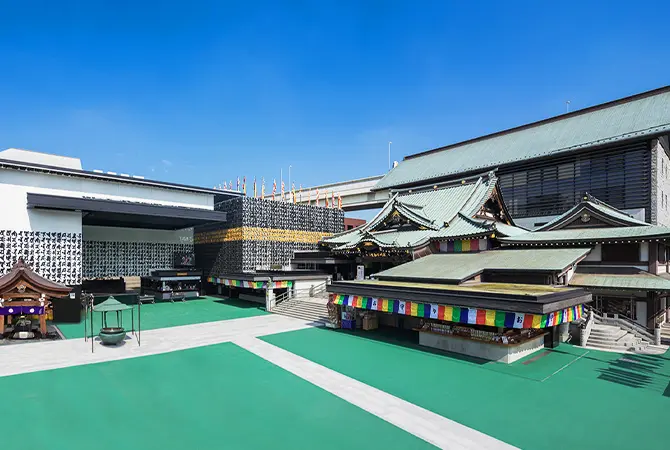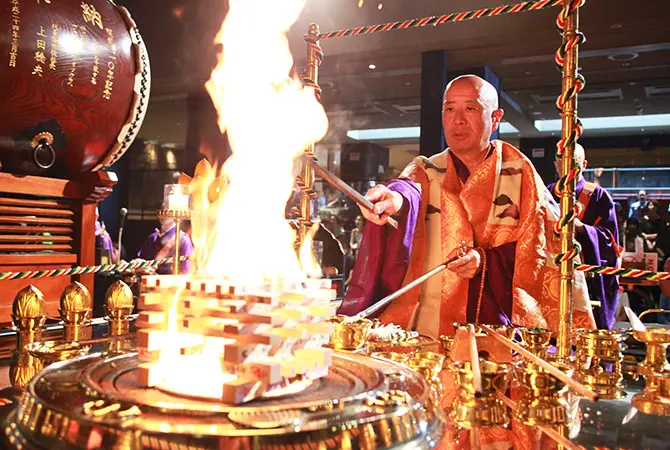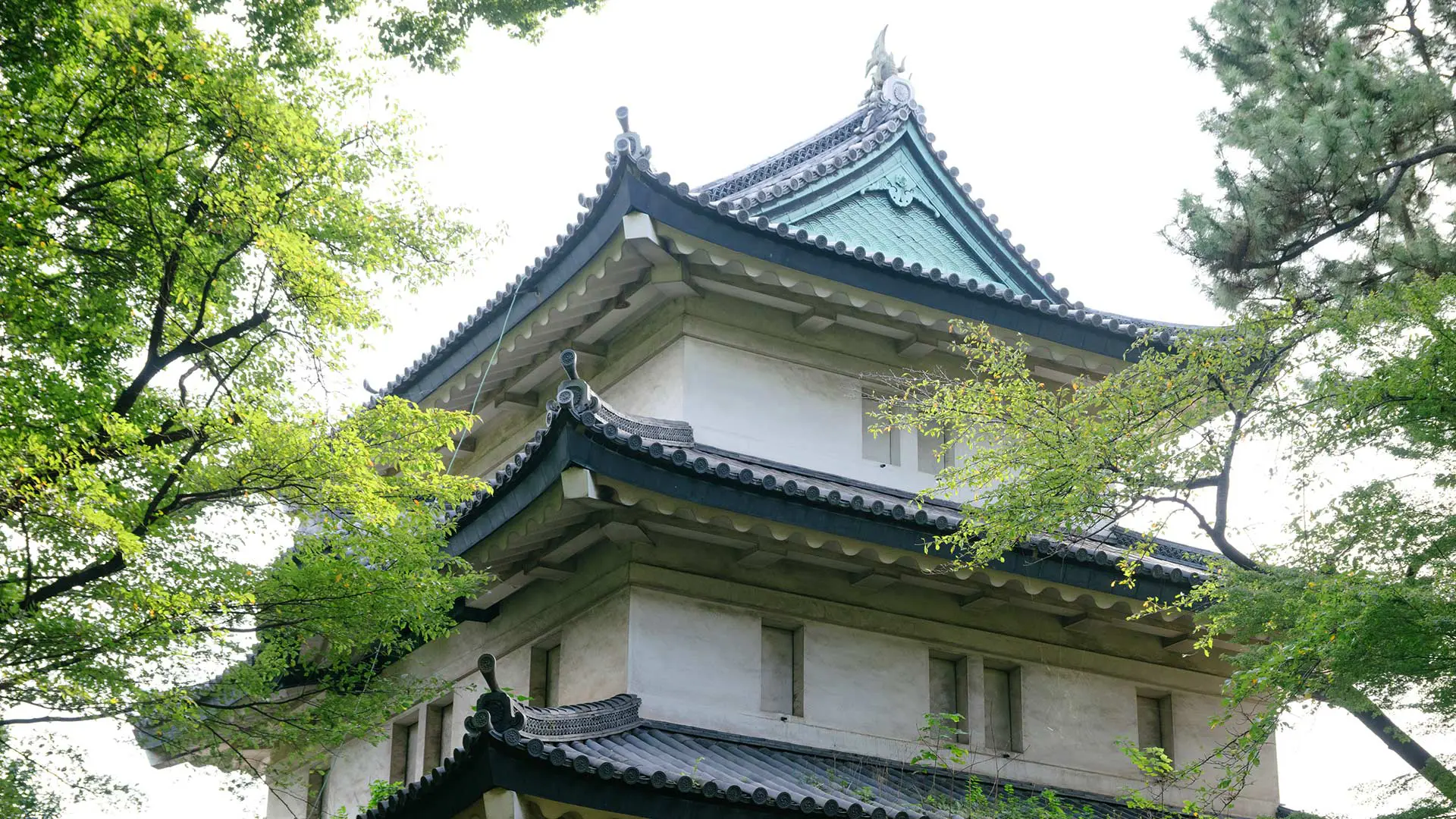
- Share this page
Share this page
- EN
Select Language
- FAVORITES
- Search
Detailed search: You can do a detailed search by keyword, genre, time, area and tag.
Main content starts here.
- Visit Tokyo |
- SPOT |
- Central Tokyo |
- Tokyo Station & Marunouchi area travel guide |
- Experience the Edo culture of feudal lords and common people at Edo Castle and the Fukagawa shitamachi neighborhood
Updated: December 23, 2024
Experience the Edo culture of feudal lords and common people at Edo Castle and the Fukagawa shitamachi neighborhood
Your current location:
- Central Tokyo
- Tokyo Station & Marunouchi
- Experience the Edo culture of feudal lords and common people at Edo Castle and the Fukagawa shitamachi neighborhood
Explore Edo Castle (Imperial Palace East Gardens), located in the heart of Edo, and the Fukagawa shitamachi neighborhood (downtown area) to experience the lifestyle and culture of the feudal lords and common people of the time.
Tips
- Passing through the Ote-mon Gate and the Nakanomon ruins, visitors can experience the feeling of being a feudal lord
- Take a look at the photos of the Hyakunin-bansho Guardhouse from that era and reminisce about the past
- Enjoy a virtual experience of the castle tower as it was in those days with AR
- Fukagawa has many areas where you can experience the lifestyles of the common people of the Edo period
(1) Experience the feeling of being a feudal lord on a castle-climbing course from the Edo period
Although the Imperial Palace is now the residence of the Emperor, the vast expanse of Edo Castle was once built on this site.
The course we will introduce here, which leads from the Ote-mon Gate and through the Nakanomon ruins to the Honmaru ruins, is the actual route that the feudal lords took to Edo Castle.
The first highlight is the Museum of the Imperial Collections, Sannomaru Shozokan, located just inside the Ote-mon Gate.
The museum houses valuable works of art and artifacts that have been handed down by the imperial family.
The Hyakunin-bansho Guardhouse in front of the Nakanomon ruins was the largest checkpoint in the Edo Castle Honmaru and was guarded day and night by a team of about 120 gunmen. Experience history through old photographs and get a sense of what it was like to be a feudal lord in the Edo period.
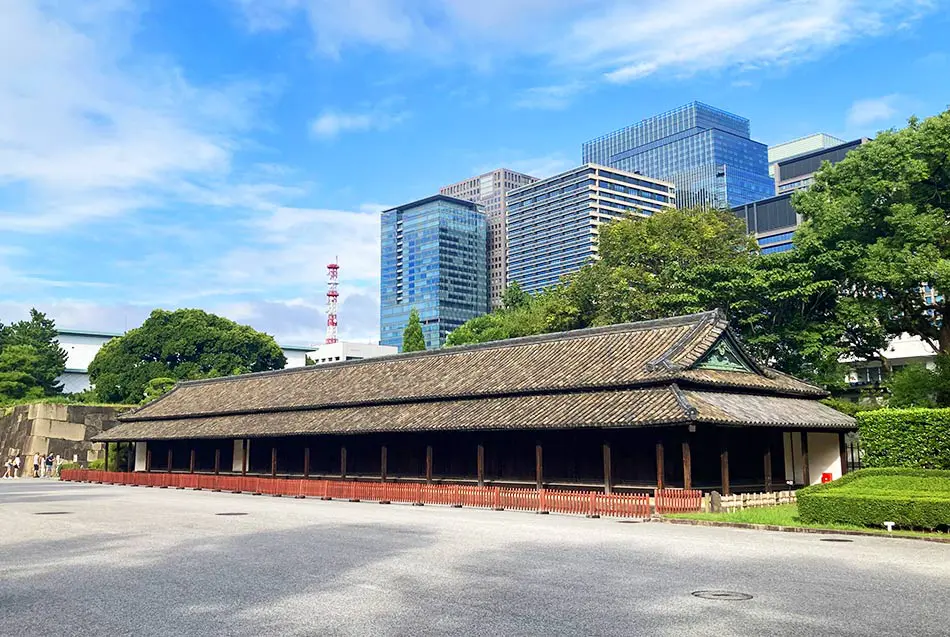
(3-minute walk)
(2) The area from Fujimi-Yagura
At the Nakanomon ruins, the only turret remaining today, was a special area where only feudal lords and senior retainers were allowed to ascend the castle. Fujimi-Yagura is the only existing three-story watchtower in Edo Castle, and although it collapsed during the Great Kanto Earthquake, it was rebuilt using materials from the old days. Because the castle tower was never rebuilt, this watchtower has become a symbol of Edo Castle.
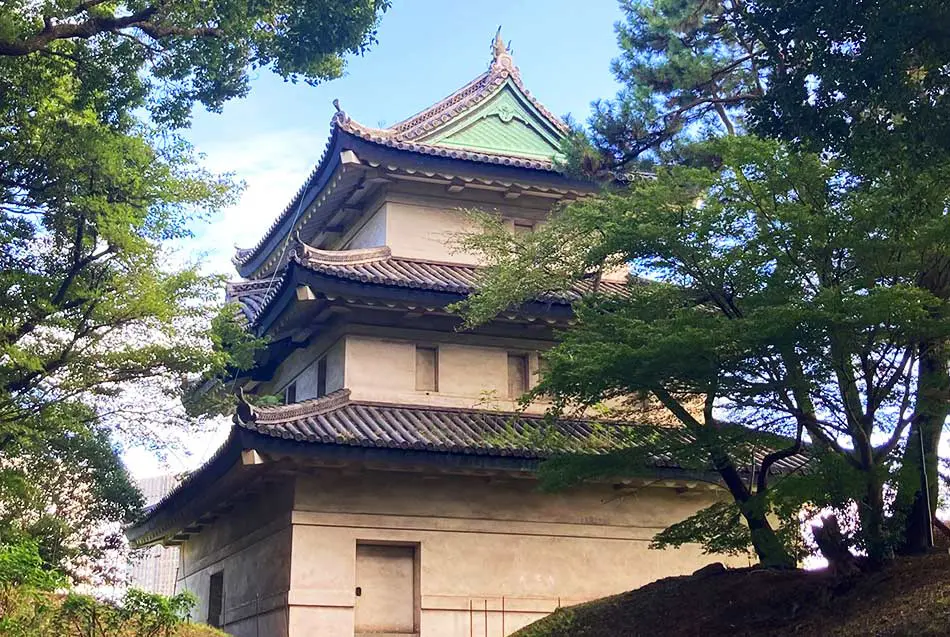
(3-minute walk)
(3) The stabbing incident in the Matsu Corridor of Edo Castle took place here
The Matsu Corridor is now only marked by a stone marker, but it was a long corridor connecting the Edo Castle Honmaru and the Shiroshoin, the hall where audiences were received by the shogun.
It is said to be the place where Asano Naganori attacked Kira Yoshinaka, which led to a series of incidents retold in a story known as Chushingura involving the forty-seven ronin.
(5-minute walk)
(4) Enjoy a virtual experience of the Edo Castle tower with an AR app
The Edo Castle tower was destroyed by fire in 1657 during the reign of Tokugawa Tsunayoshi, the fifth Tokugawa shogun. Although immediate reconstruction has been considered, the Edo shogunate prioritized reconstruction of the town and community around the castle rather than rebuilding the castle tower during the peaceful Edo period. The castle tower, without its keep, has long been regarded as a symbol of peace, but in modern times there have been calls to rebuild it as a tourist attraction.
Together with a model of the castle tower in the exhibition hall next to the Honmaru rest area, visitors can experience what the castle tower looked like in those days using an AR app developed by the non-profit "Rebuilding Edo-jo Association."
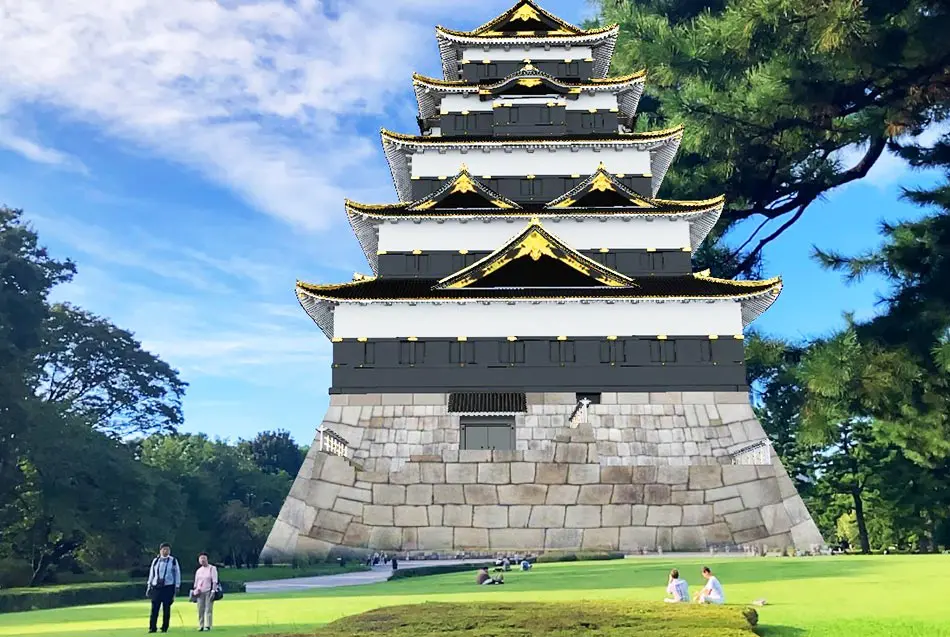
Virtual castle keep that can be seen with an AR app
(10-minute walk)
(5) Descend from the Hirakawa-mon Gate via the Ooku ruins
Generations of shoguns came to live in Edo Castle, giving rise to the Ooku system.
This is the site of the Ooku (inner chambers), the setting for the famous Ejima-Ikushima affair and other incidents that are the subject of television shows and stage plays even in modern times.
At the end of the tour, descend the castle through the Hirakawa-mon Gate.
(30-minute walk + train + walk)
Imperial Palace East Gardens
(6) Experience the lifestyles of the common people at the Fukagawa Edo Museum.
The townscape of Fukagawa-Sagamachi at the end of the Edo period is reproduced using an exhibition technique called the "scene reproduction and life re-creation exhibition." A day in the life of common people in Edo, from dawn when a chicken announces the time to dusk when six bells ring, is captured in about 15 minutes, and the sound and light create a scene of the common people's life in Edo, including the four seasons.
Enjoy the experience of the lifestyles of the common people of Edo, with its fire lookout, traditional chokibune boats floating on the moat, the rows of boathouses, produce markets, and large stores, and even the breath of the people living in the row houses in the back alleys.
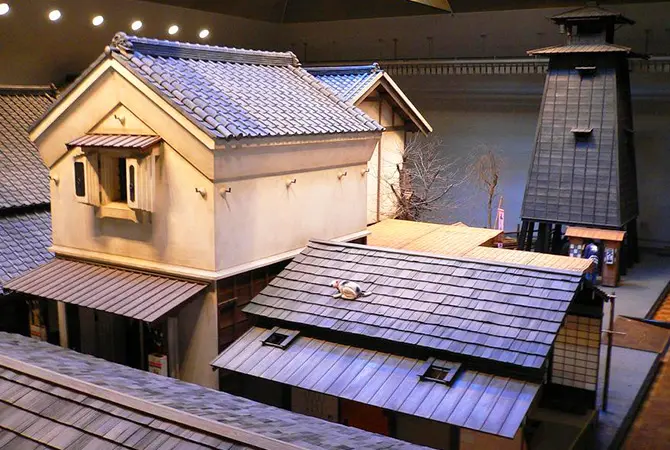
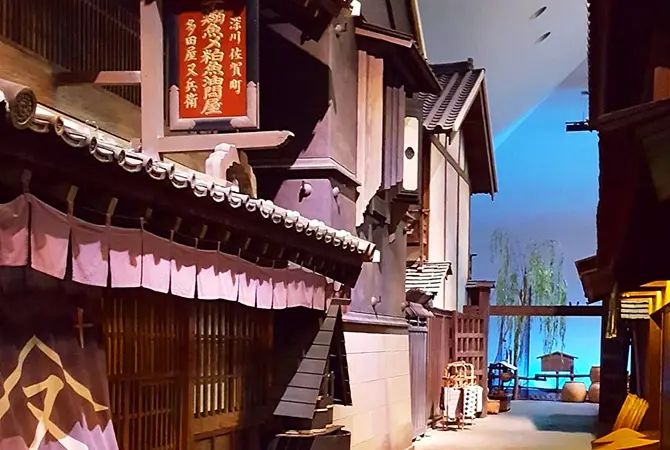
(13-minute walk)
Fukagawa Edo Museum
(7) Experience the sacred Shingon esoteric Buddhist Goma prayer ritual at the Fukagawa Fudodo
The Fukagawa Fudodo is the Tokyo branch temple of the Daihonzan Naritasan Shinsho-ji Temple in Narita City, Chiba Prefecture, and has been familiarly known as "Fukagawa no O-fudo-sama" since the Edo period until the present day. The Goma prayer ritual is a secret method of Shingon Esoteric Buddhism, in which gomagi, symbolizing our vexations, is burned and offered to the main deity of the temple. The burning flame is said to be the wisdom of Fudo Myoo and to have the power to purify vexations. The large flames, sutra chanting by the monks, and the sound of four large drums echoing during the prayers are a sight to behold. Goma prayers are offered five times daily, and anyone is welcome to attend.
